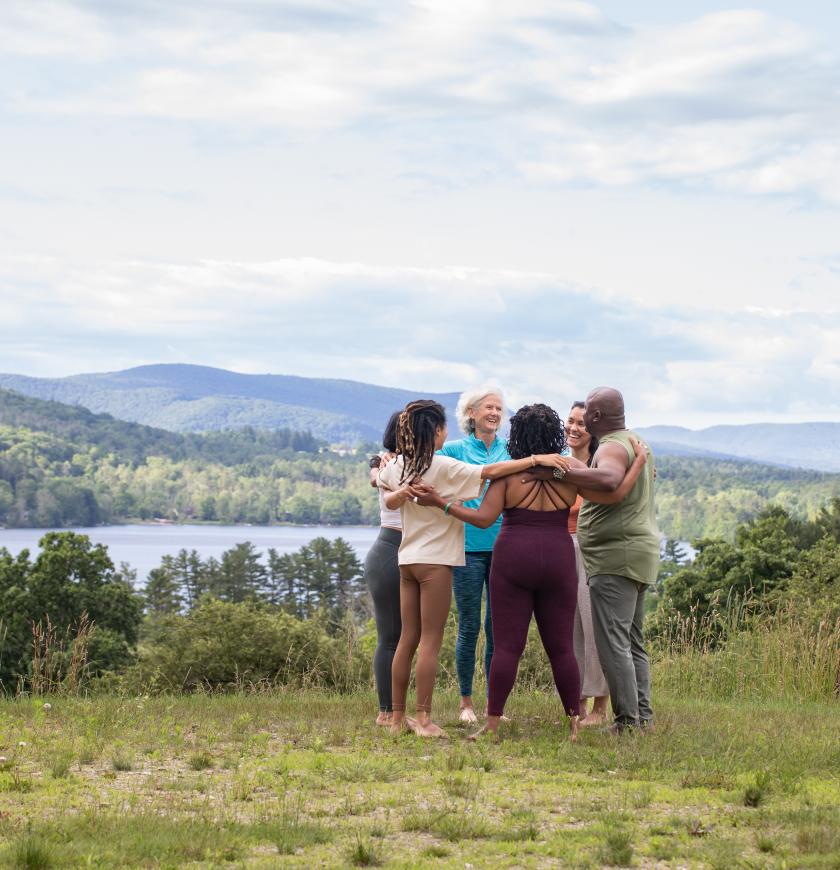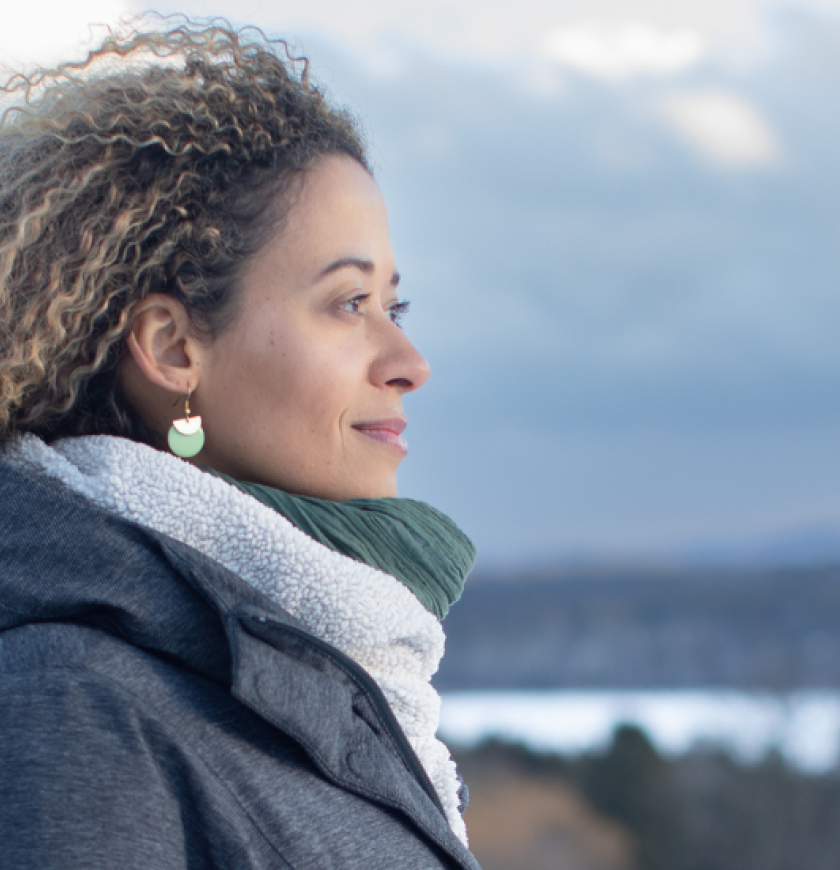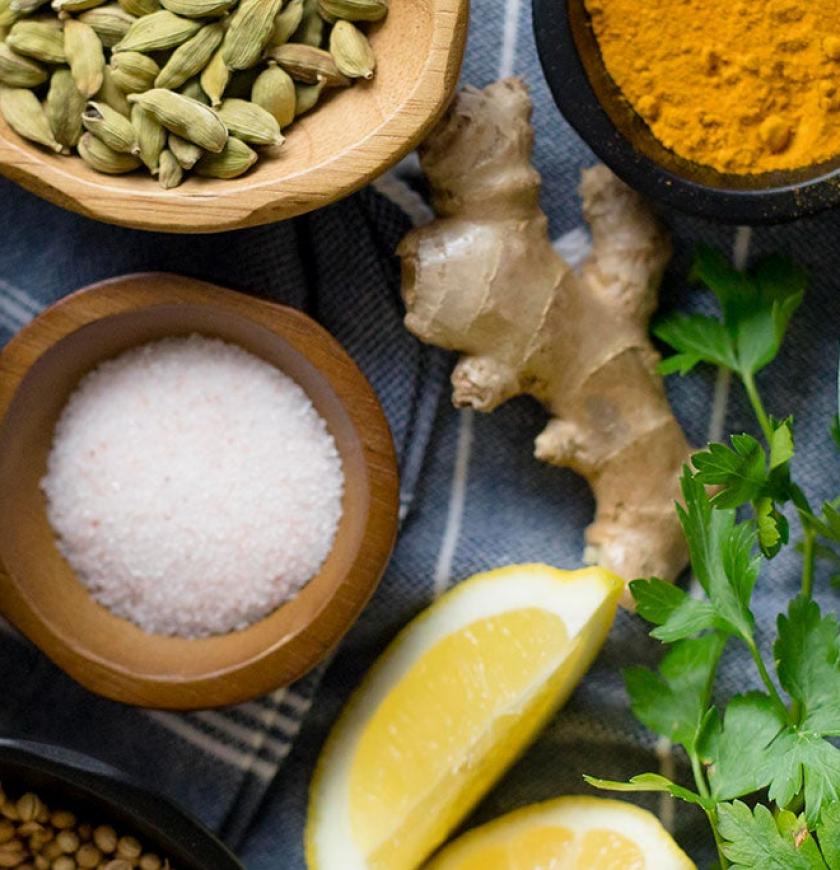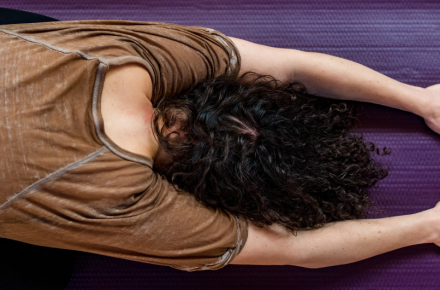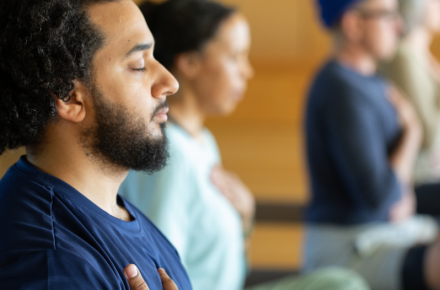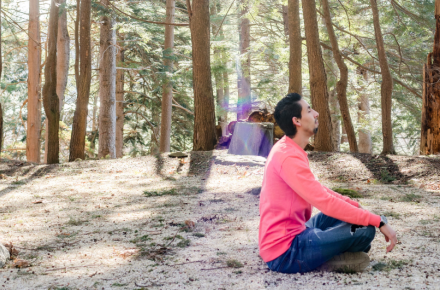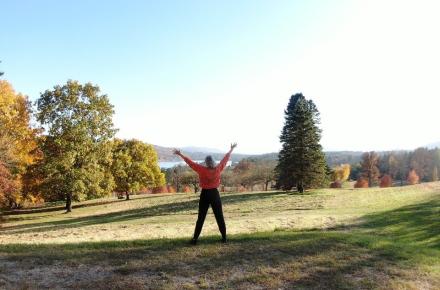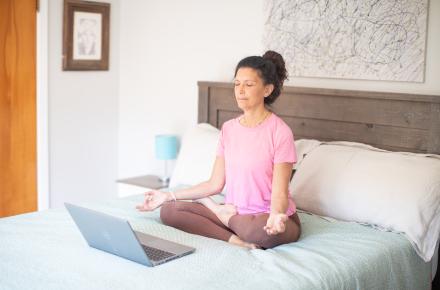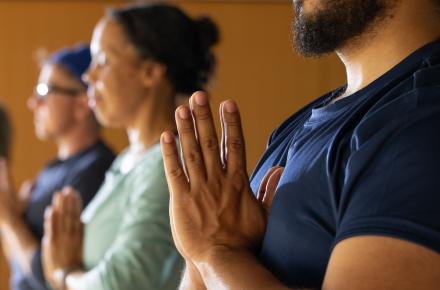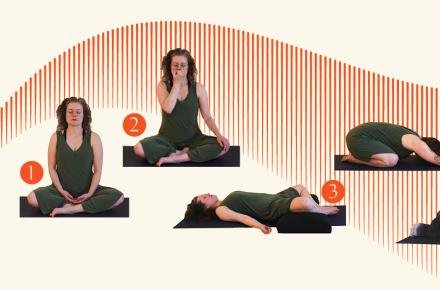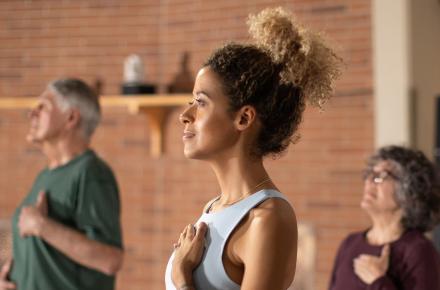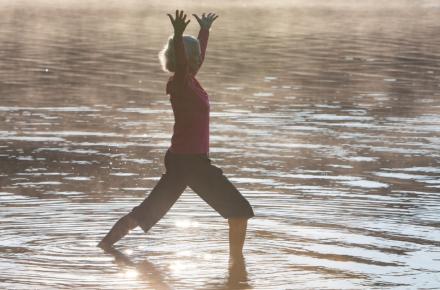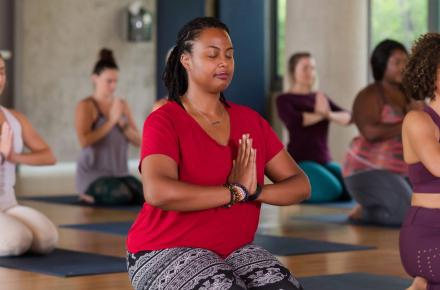Women, Flexibility, and Injury Prevention
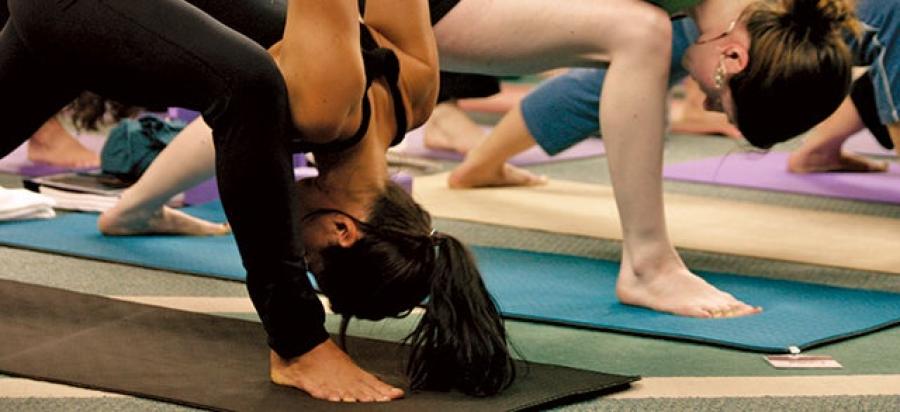
The popular belief is that women have more of an advantage than men in yoga because they tend to be more flexible, but could that benefit also be a liability when it comes to potential injuries? According to an article in the New York Times, a 2008 study at the University of Berne, in Switzerland, showed that women between the ages of 30 and 40 whose activities made “high demands on motion”—such as yoga—tended to experience hip damage more often.
What’s the connection between women and the risk of hip damage?
“Women have looser ligaments in the pelvis than men,” says Cristie Newhart, Dean of the Kripalu School of Yoga. “If a ligament is overstretched, we lose stability and correct joint function. This is one contributing factor in hip issues for women. Often we don't even realize that we’ve overstretched the ligaments—it can take years for this condition to be noticed.”
How can women avoid such injuries and continue to be nourished by their yoga practice? One of the keys, says Cristie, is awareness. Having an open mind about how we show up on our mat can help counterbalance the risks that may arise from having a highly flexible body. “What makes yoga ‘yoga’ isn't the postures we do, but how we approach practice,” says Cristie. “If we approach practice with the idea of ‘conquering the body’ or ‘making something happen,’ injuries will be inevitable. We need to ask ourselves why we practice and what we hope to gain.” So, if we seek greater intensity in our practice, we need to pay close attention to how that intensity is reflected in the body.
Because most yoga postures tend to emphasize flexibility, it’s important to bolster your practice with poses and exercises that promote strength and stability, ultimately creating a well-rounded practice. Cristie recommends postures that stabilize the hips, such Forearm Plank, side-lying leg lifts, and Half-Locust.
Preventing injury—for both men and women, really—means not pushing or straining to get into a posture, and being mindful of other factors that indicate how you’re sustaining a posture. “The breath is a key indicator of what’s happening in the body,” Cristie says. “If you can't take a full breath easily, your stretch is too deep.” Backing off, honoring our bodies, and noticing the sensations that arise as we enter and sustain a pose can help prevent injury and keep our practice safe. Regardless of how flexible we might or might not be, Cristie notes, “it’s important to adapt the practice to suit our individual needs.”
© Kripalu Center for Yoga & Health. All rights reserved. To request permission to reprint, please e-mail editor@kripalu.org.
Articles, programs, promotions, recipes, and more, delivered right to your inbox.
You May Also Like
Related Programs

Spiritual Alignment for the Healers


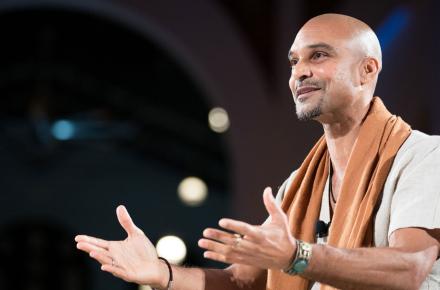
Stillness and Liberation


Rededicating Your Light


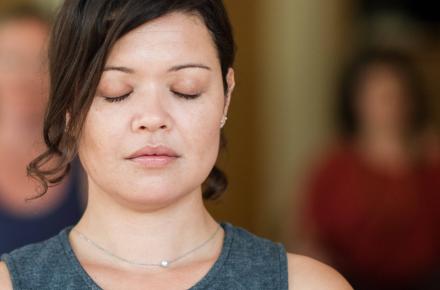
Enhancing Your Intuition and Psychic Abilities

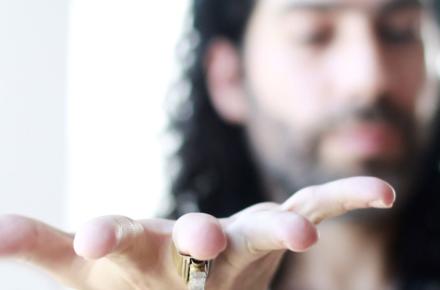
Restorative Yoga and Sound Healing


The Art of Reiki, Levels 1 & 2

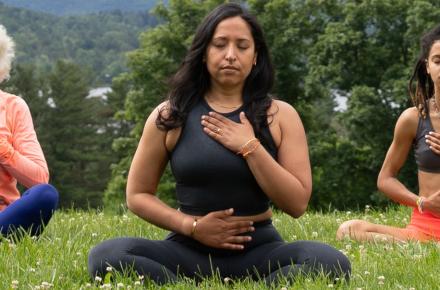
Ayurveda and Women's Reproductive Health



Kripalu Community Meditation
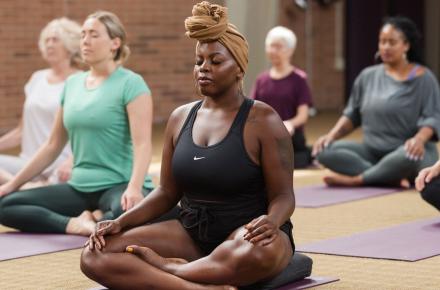
Welcome to the Kripalu Path

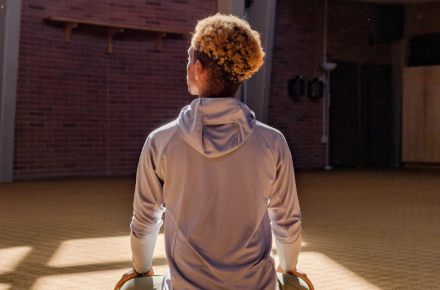
The Kripalu Silent Retreat


Get Our Catalog
Get a sneak peek of everything happening at Kripalu in the coming season. Sign up to get our print catalog delivered to your doorstep.
Newcomer's Guide
New to Kripalu? Explore who we are, what we offer, and begin your transformation today.
